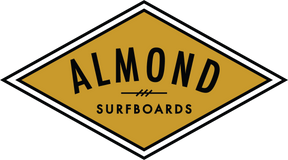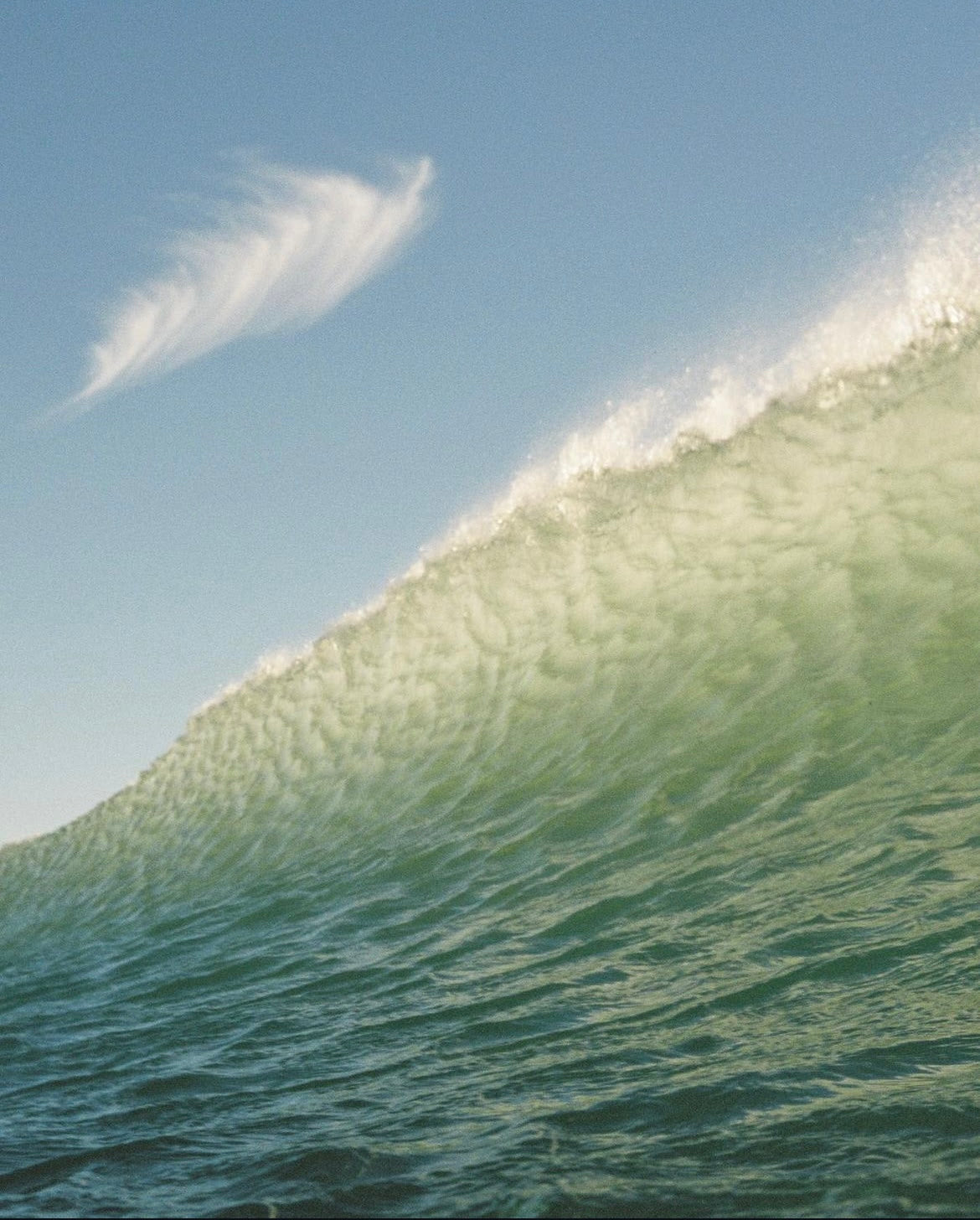Golden Age of Surfing
Are we living in the Golden Age of Surfing?
Typically labels like "The Golden Age" are reserved for the nostalgia surrounding simpler times and purer intentions, but if you take a look around, you could argue there's never been a better time to be a surfer.
First of all, we are about 10 to 12 years deep into the full acceptance of the "ride anything" mantra, as it relates to surfboard shapes, theories, and designs. There are more different shapes for more different conditions than ever before in the history of wave riding. In 2005, it was still considered "retro" to ride a twin fin... and this year, they held a twin fin fish expression session as a part of the J-Bay contest, with some of the world's best surfers riding proper fishes at one of the world's most proper right-hand point breaks.
The diversity of surf-craft has lead to more options and more advancements for surfers of all levels. The reality is, there are better options available whether you're Kelly Slater or Uncle Jim-Bob. Our experience at Almond is evidence of this, our wheelhouse is building boards that allow our customers to get the most waves in a variety of conditions—a variety of models for a variety of needs.
Beyond all the options for surfboard shapes, there have also been many advancements in surfboard construction. Surfboards are getting stronger, more environmentally-sustainable, and potentially longer-lasting. I wouldn't necessarily declare any single winner in the race to advance the way surfboards are constructed, but there are enough fascinating variations to suggest that at least a few of them will stick around for the foreseeable future.
So, surfboards just keep getting better... but you still need a place to surf them...
Waves to surf on are as accessible as they have ever been, and are only becoming more widely accessible. Global travel is relatively inexpensive, and surf travel now extends well beyond the traditional Hawaii/Indo/Tropical trip that historically have been the go-to destinations. Thanks to the internet and a few trailblazers of surf travel, our eyes have been opened to surf destinations ranging from Iceland to Morocco to Nova Scotia and Peru. This planet is something like 70% water, which means there is a whole heck of a lot of coastline that has been explored by surfers.
If international travel, and dragging a board bag through a crowded airport isn't your cup of tea, there's somewhat of an arms race right now to bring surfable waves closer to your front door.
The primary contenders in the race for the most commercially-accepted wave pool are WaveGarden from Spain (who we have been keeping an eye on for many years) and the G.O.A.T. of surfing, Robert Kelly Slater, alongside his team of super-engineers at KSWaveCo.
On the one hand, KSWaveCo has the backing of the WSL, with rumors of a top-tier surf contest coming to Leemore, CA.
On the other hand, WaveGarden has two functional wave parks that are currently open to the public (assuming they aren't closed for repairs at the time of this publication). Not only has WaveGarden been the first-mover on opening their watery doors to the public, they have also seemingly been successful at aligning with some deep pockets to ensure their global expansion continues. According to the closing credits of one of their recent videos (seen below) they have agreements in place to open new surf parks in 15 more cities in coming years—reaching from popular surf hubs like Sydney and Southern California, to less expected locations like Barcelona, London, Edinburgh, New York, and Miami.
One way or another, chances are many of us will at least try our hand at a chlorinated surfing wave at some point in the next five years.
What does this all mean for you? It means the surfboards you are riding are getting better, waves are getting more accessible, and the products you are buying are made more responsibly. 2017 might not be the pre-Gidget days of empty waves at First Point Malibu, but it's certainly not a bad time to be a surfer.


